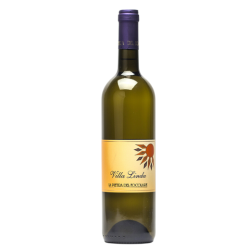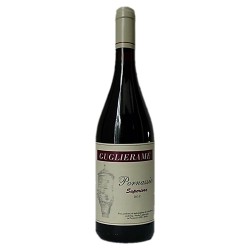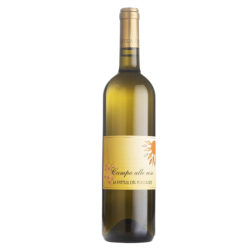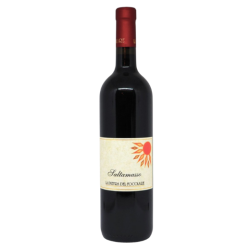Liguria

The history of viticulture in Liguria begins with the rise of Roman colonies, similar to many other regions of Italy. Amphorae discovered during excavations in the ancient colony of Luni, founded in 177 BC, confirm the beginnings of vine cultivation in the region, as well as that of olives. It is this area, adjacent to Tuscany, that Pliny the Elder awarded the "Palm of Etruria."
Since its inception, viticulture in Liguria has been closely linked to the region's maritime vocation. The sailors cultivated the land only periodically. The rise of Genoa as a maritime republic increased commercial and cultural exchanges, including the importation of vine varieties and, later, the export of wine and olive oil.
Liguria's geography makes the region conducive to the cultivation of vines, olives, and even exotic plant varieties. Comprising 65% mountains (the Alps and the Apennines), 34% hills, and only 1% plains, the region enjoys an ideal climate, tempered and ventilated by the sea breeze. However, this particular configuration of the territory also involves terraced cultivation on sometimes steep plots, earning it the description of "heroic viticulture."
Appreciated by Napoleon Bonaparte (who made Rossese di Dolceacqua his personal wine during the Italian campaign), Ligurian wines fell into decline starting in the 18th century (a consequence of new commercial choices) and especially in the 19th century, struck by the phylloxera catastrophe.




